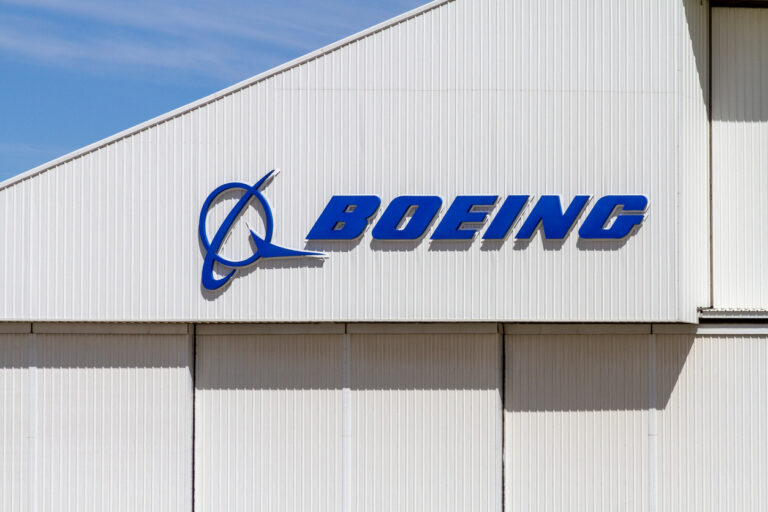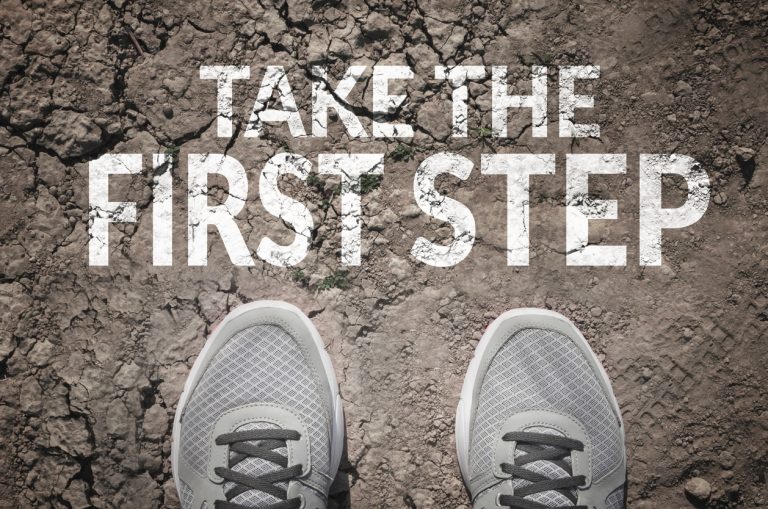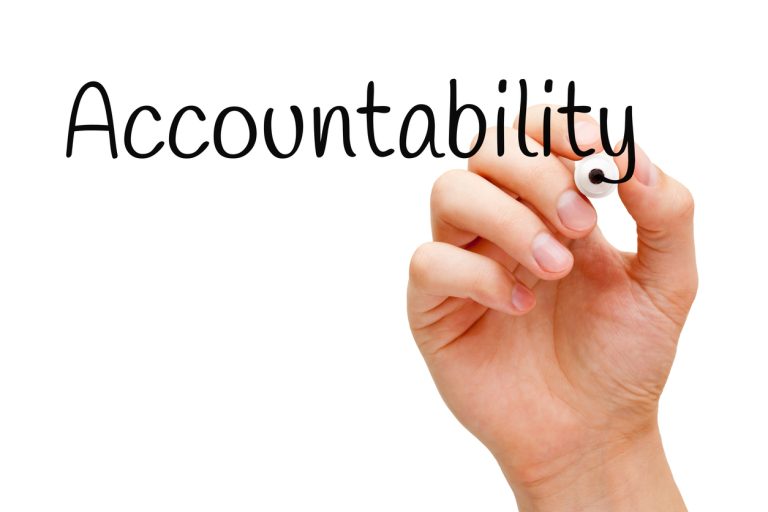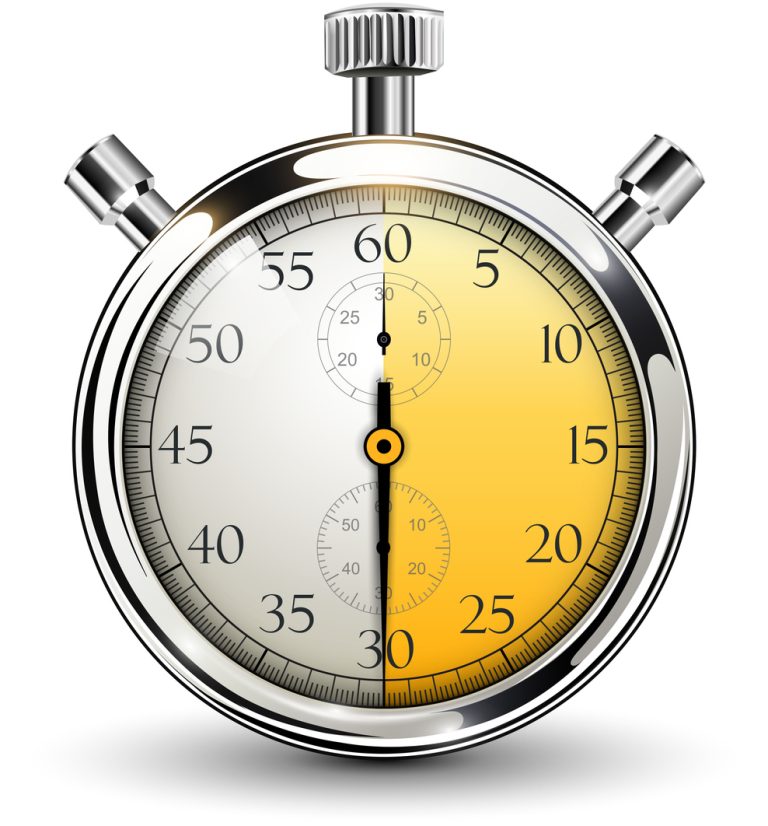When faced with the choice between directly experiencing pain or learning from the experiences of others, there are merits and drawbacks to both options. However, in the context of monumental rises and falls such as that of Boeing, I personally lean towards learning from the experiences of others.
The Boeing saga stands as a compelling case study, one that I frequently incorporate into my lectures as a guest speaker at Griffith University’s School of Engineering and Built Environment. Its multifaceted nature provides a rich tapestry from which we can glean valuable insights. Engaging with this case study encourages vibrant discussions with students, delving into the transformative journey of Boeing—from a beacon of trust to a company embroiled in crisis.
Exploring the shifts in Boeing’s direction, priorities, values, and culture allows us to examine the intricate interplay between leadership decisions and organisational identity. By scrutinising the symptoms of conflict within Boeing, students gain a nuanced understanding of the repercussions of straying from core principles.
Moreover, the Boeing case serves as a platform for students to share their own encounters with organisational conflict. Through their firsthand accounts, they elucidate the myriad risks, threats, and consequences associated with such discord—including the sobering realities of injury and even loss of life.
In essence, leveraging the Boeing saga as a learning tool empowers students to navigate complex organisational dynamics and appreciate the importance of aligning actions with core values. It underscores the imperative of learning from the mistakes of others to forge a path of integrity and resilience in their own endeavours. So, with this in mind, lets take a look at what this saga could offer you.
They soared to new heights in Trust
In aviation history, few names evoke as much reverence and trust as Boeing. For decades, the company soared above the clouds, its aircraft serving as icons of engineering brilliance and unwavering reliability. Not only did they become the pride of the United States, but they also earned international acclaim, a testament to Boeing’s unwavering commitment to excellence and safety.
In its formative years, Boeing appeared to operate in perfect harmony with its organisational identity and ethos, placing utmost emphasis on engineering prowess, dependability, and safety. This unwavering dedication propelled Boeing to the zenith of global trust, epitomising the adage, “if it ain’t Boeing, I ain’t going.” Personally, I too found myself drinking the Boeing ‘Kool-Aid’ when visiting their Seattle assembly plant, complete with the obligatory souvenir T-shirt.
During this era, Boeing fostered what I refer to as a ‘safe zone’ within their workplace environment, where employees felt empowered to voice concerns and risks, challenge norms, and champion continuous improvement and innovation. The company cherished its talented workforce, fostering a deep alignment with its organisational ethos that acted as a magnetic force, drawing employees into its fold.
This symbiotic relationship cultivated a culture of mutual trust, transforming Boeing’s employees into invaluable ‘risk sensors’ who scrutinised every facet of the business, as they touched every aspect of the business, cognizant of the life-and-death implications of their decisions and actions, or inactions. Accountability permeated every level of the organisation, ensuring an unwavering commitment to safety and excellence—until a change in leadership altered this dynamic.
Implications of change in Leadership and Priorities
The pivotal moment came with Boeing acquisition/merger with McDonnell Douglas in 1997, marking a departure from its foundational principles and signalling the onset of a downward spiral. Internally, employees began to feel the strain of a conflicted organisational identity, while externally, the ramifications of this discord manifested gradually, culminating in catastrophic tragedies like the 737 MAX crashes.
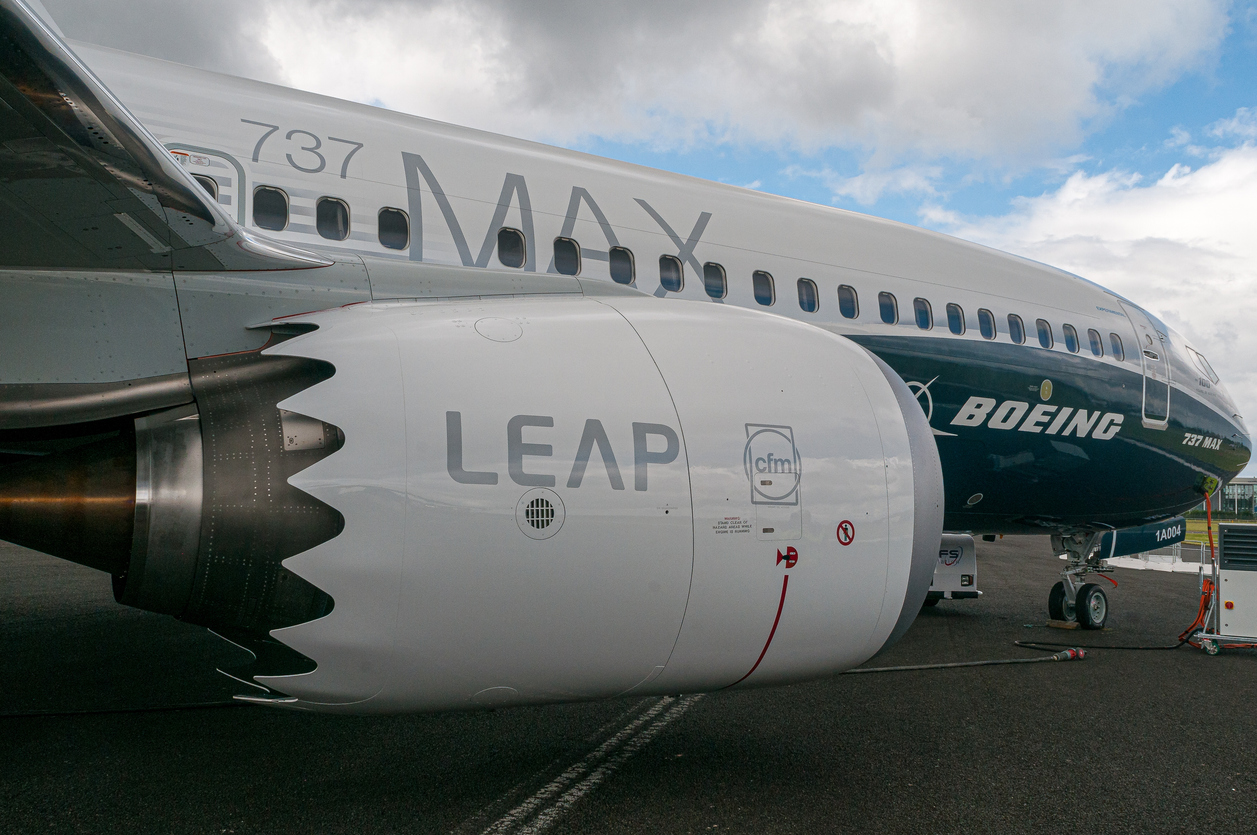 Boeing’s downfall serves as a cautionary tale, underscoring the peril of straying from one’s core values in pursuit of profit and market dominance.
Boeing’s downfall serves as a cautionary tale, underscoring the peril of straying from one’s core values in pursuit of profit and market dominance.
At the heart of Boeing’s predicament lies a conflict between its cherished identity as a pioneer of aviation and the harsh realities of how it operates in a fiercely competitive market. The relentless drive for profit and market dominance led Boeing down a treacherous path, where shortcuts were taken, and corners were cut in the pursuit of expediency. The 737 MAX, once touted as a marvel of modern engineering, was rushed to market without adequate testing or scrutiny, its flaws obscured by a veneer of corporate optimism and self-assurance.
The symptoms of Boeing’s descent into turmoil were evident long before the 737 MAX crisis reached its tragic climax. Reports of production pressures, regulatory capture, and a culture of deference to senior management hinted at deeper systemic issues within the company. The once-impregnable fortress of Boeing’s reputation began to show cracks, as doubts crept in about its commitment to safety and integrity.
Even after what many believe was a ‘wake-up’ call for Boeing, how they continued to approach the situation came under a spotlight. Dennis Muilenburg, the chief executive was fired, as he had presided over the flawed development of the aircraft and pushed regulators to keep them in the air, after the initial crashes. But what became a headline with poor optics was how Muilenburg left the organisation. What was described as a sickening blow to the hundreds of people who lost their loved ones that were victims of the 737 MAX jet crashes, as Muilenburg received at least $US62 million ($AUD94 million) as he left Boeing. The company subsequently spent more than $US2.5 billion ($AUD3.8 billion) to settle a criminal charge that Boeing had defrauded the F.A.A.
In the aftermath of the 737 MAX crisis, Boeing found itself at a crossroads, grappling with the daunting task of rebuilding trust and restoring its tarnished reputation. The road ahead however is long, arduous, and incredibly costly. It requires a re-examination of its corporate culture, governance structures, and commitment to safety. Many hoped that Boeing might summon the courage to confront its shortcomings head-on and embrace a new era of transparency and accountability, with a hope for redemption.
Repairing systemic damage is slow and arduous
Turning Boeing around may prove to be even more challenging than anticipated, as recent events continue to highlight deep-rooted issues within the company. The Boeing 737 MAX remains in the spotlight, with incidents such as the ‘door plug’ blowout on an Alaska Airlines flight, currently under investigation by the FBI. Additionally, the tragic death of John Barnett, a Boeing whistleblower, has once again brought concerns about the company’s internal culture and practices to the forefront. Barnett, who raised alarms about safety lapses at Boeing, was reported to have taken his own life, though this suicide is being questioned by many.
Reports from reputable sources like Fortune and the World Socialist Web Site further shed light on the ongoing turmoil within Boeing. The whistleblower’s death has raised further doubts about the company’s commitment to transparency and accountability, further eroding public trust. These events underscore that Boeing has been operating in conflict with its original organisational identity—a once-revered symbol of safety and reliability now ensnared in controversy and distrust.
Boeing’s unfolding story serves as a stark reminder of the dangers of complacency, arrogance, and ethical compromise in any organisation, regardless of its size or stature. Its unravelling should prompt leaders in every industry to reassess their practices and priorities before it’s too late. Numerous examples of poor business practices, including cost-cutting measures that sacrifice safety, serve as cautionary tales of the repercussions that inevitably follow.
A powerful reminder
As we contemplate Boeing’s fall from grace, let us not dwell on the past but instead, look to the future with optimism and determination. The Boeing saga serves as a powerful reminder that even the most formidable entities can stumble, yet true greatness lies in the ability to emerge from adversity stronger and wiser. Reflecting on what made Boeing great, it was their unwavering alignment with their organisational identity and the establishment of a “safe zone” for their people, enabling them to thrive as both Boeing’s most valuable asset and its most effective “risk sensors.”
Let us learn from the pain of Boeing’s saga and not follow by operating in conflict with your organisational identity. Let’s endeavour to build organisations that withstand the test of time, guided by integrity, humility, alignment, and an unwavering commitment to excellence. And if there’s uncertainty about whether your organisation is in alignment with its identity, then reach out and let’s open a dialogue that can help.
And for those of you who are wondering what is a Door Plug? Check out the link: What is a plane door plug?
